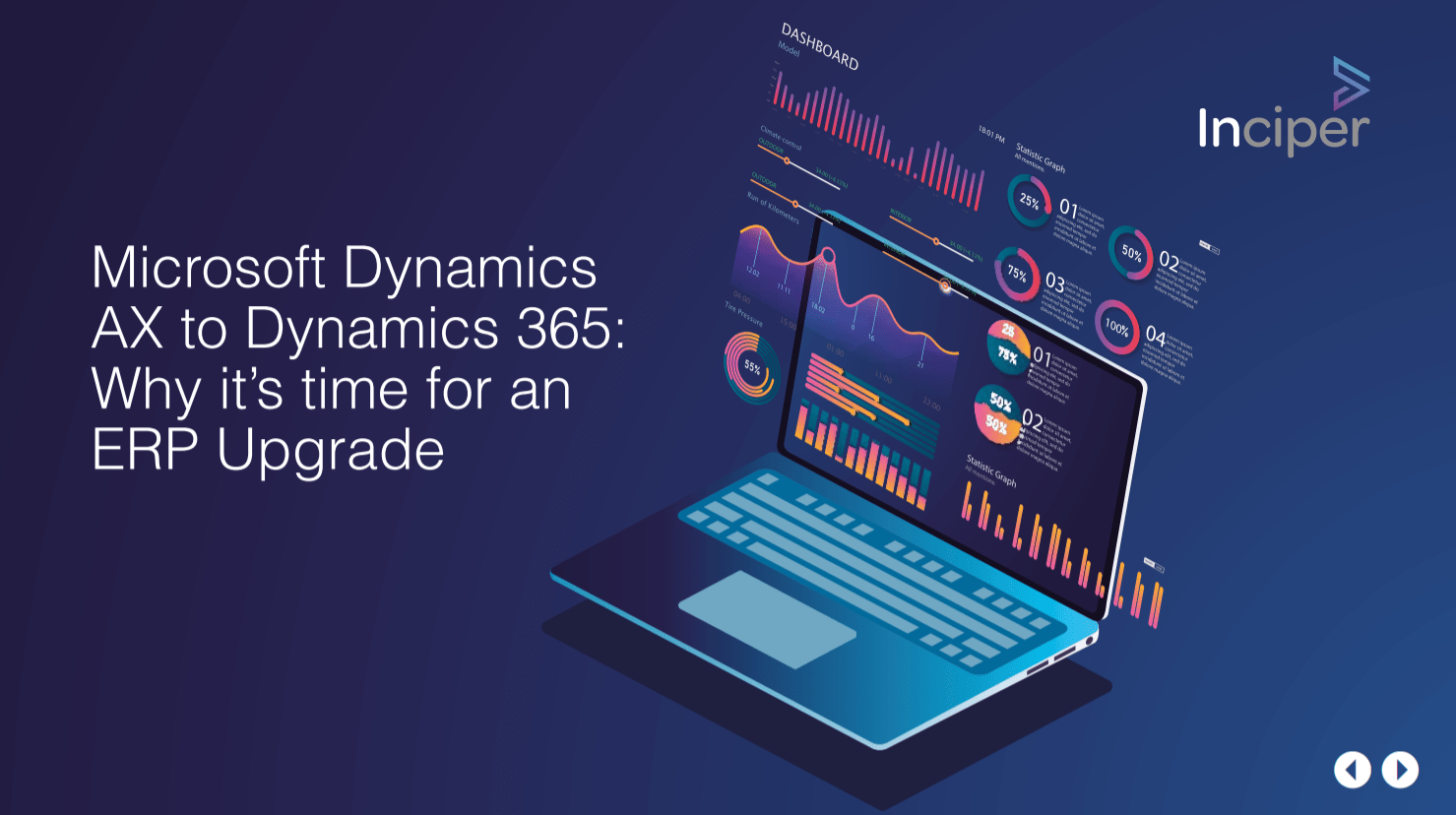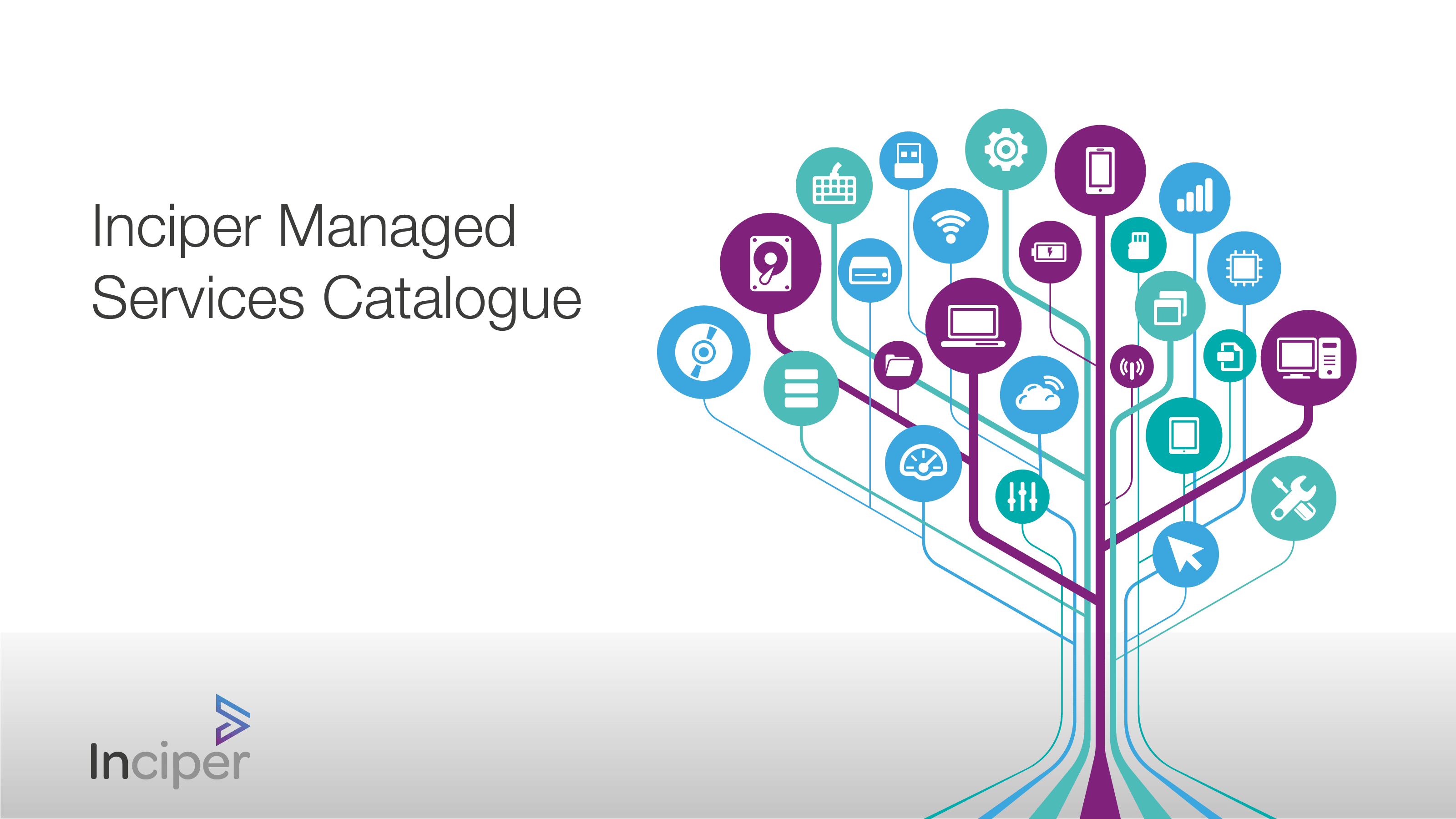Microsoft introduced the cloud hosted version of their new Finance and Supply Chain Management tool back in November 2016 and it quickly became a popular upgrade path for anyone who had been using the older Dynamics AX product as their ERP.
AX itself went out of mainstream support in October 2021 but extended support with security hotfixes will continue until January 2023. The direction of travel is very clear and anyone still working on an AX system should be considering their upgrade path. However, there are still an estimated 200 to 300 organisations in the UK alone that are still running on a version of Dynamics AX. There are many reasons for this including not knowing how to go about the change, or perhaps fearing the challenge of a major upgrade. For some, the level of customisation of their AX system may lead to thinking that there is no direct upgrade path.
We gathered our best and brightest minds across our departments to consider below some of the perceived challenges that may be stopping organisations from pressing the button and how they can overcome them.
Cloud Uncertainty - Matt Treadway, Finance Principal
The past few years has seen an evolution in the world of Business Application solution platforms - moving from the traditional On-Premise solutions to the more recent introduction of Cloud-based Business Applications. Very often we find that some organisations will naturally favour one approach over another, based upon a number of factors. Some organisations aren’t sure of which way to go.
Making an informed decision based on the most up to date developments and enhancements to both types of solution can be daunting. Here are some of the typical considerations and areas of confusion:
- Location of data
- System access
- Physical security
- Maintenance responsibilities
- Licensing
- Data storage
Inciper is seeing a large increase in demand for Microsoft’s Cloud solution and firmly believe that the Cloud option offers many advantages to all types of organisation.
However, we also encounter scenarios where an On-Premise solution is sometimes perfectly valid and potentially a better option for many organisations, depending on a number of factors. Unfortunately, there is not a ‘one size fits all’ option, it really comes down to what is best for each organisation.
This is where the selection of a trusted implementation partner can be vital. It is not only knowing the technical implications of an On-Premise versus Cloud implementation, or the full breadth of functionality each can offer, but understanding what makes your business unique and what is important to you.
Reimplementation or upgrade? - Matt Shearsby, ERP Practice Lead
Although it is tempting to outline an either/or debate about whether to press the ‘upgrade’ button or do a fresh implementation from scratch, there is another way. With the flexibility to transform with a new solution how you see fit, the hybrid approach to upgrading helps your business build a better version of what you currently have.
If you want flexibility in how your solution is created, then a hybrid approach to transitioning to Microsoft Dynamics 365 is the best option. When you update in this way, you can choose to switch to modern enhanced processes or to bring enhancements across from your previous implementation. You also have the choice in what and how much data is migrated into the new platform. This facilitates a great opportunity for businesses to leave behind information they no longer need, while not compromising the data they do require.
Crucially, by bringing through those areas of product customisation that you still require you gain value from your previous investments. Unlike the reimplementation approach where you lose everything you currently have, or the technical upgrade where you risk losing out on newly available functionality; the hybrid approach allows you to build on what you have learnt from your existing solution - taking with you the best elements and removing those no longer required.
While some businesses will opt for the technical upgrade approach because it’s perceived to be a much faster route, they could face problems further down the line, and may even have to repeat the upgrade process in the future.
Digital Transformation - Malcolm Cathcart, Strategy and Advisory Practice Lead
For many organisations, the requirement to move to a new ERP fits in to a broader conversation about how to combine disparate systems into a cohesive whole, i.e. to focus not just on a like-for-like replacement but to consider the overall direction of travel for the business and how a new finance and supply chain solution would fit in to that roadmap.
If you are looking at the upgrade but not getting started because you are not sure how it fits in to the overall picture of a wider programme of technology led transformation, our Strategy and Advisory services can help.
We offer a short, sharp programme of digital transformation analysis, powered by Microsoft Catalyst, which enables us to focus in on your business’ pain points. Starting from your business vision we look at the human element of your current processes and how your plans for your organisation impact across people, process, data and technology. From here, we can develop a roadmap of value centred change across the next 3 to 5 years. Where the roadmap indicates change of technology, we can help you to look at the Microsoft Business Applications ecosystem for solutions. The output is a business case ready pack of information about how the tech journey over the next months and years could look.
Support AX whilst you work on D365 - Steve Rudd, Managed Services Principal
Our Managed Services team are experienced in supporting both Dynamics AX and Dynamics 365 Finance and Supply Chain Management, so we can make sure that the lights stay on for your existing implementation whilst you work on the next one. This ‘trusted pair of hands’ means that you can worry less about being out of support with AX and concentrate more on making sure your D365 project gives you the best possible return on your investment.
Our pricing and service catalogue are tailored to each client, meaning that we can shape to fit your needs in terms of number of tickets per month, service review meetings, hours of support etc., whilst our ITIL aligned processes ensure each issue is dealt with appropriately, giving you the confidence to focus on your D365 project.
We ensure that there is close collaboration between our Strategy and Advisory service and our Managed Services team, meaning we don’t just look at supporting your current AX implementation but also understand the business journey you are on providing solutions that map accordingly.
In conclusion, managed in the right way, upgrading from Dynamics AX to Dynamics 365 Finance and Supply Chain Management can be a straightforward process, one that can be tailored to meet your business goals and set up to deliver long term ROI.





